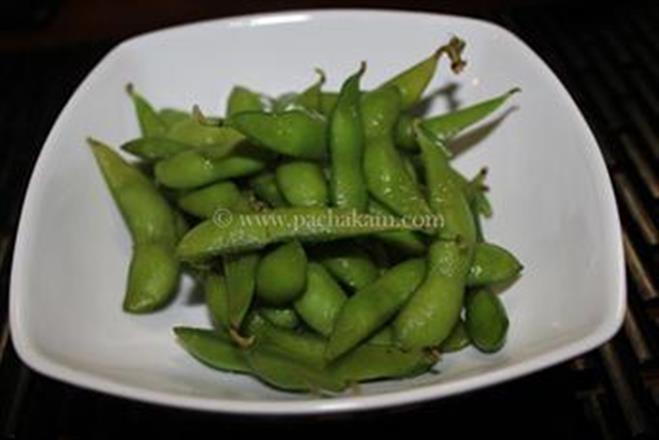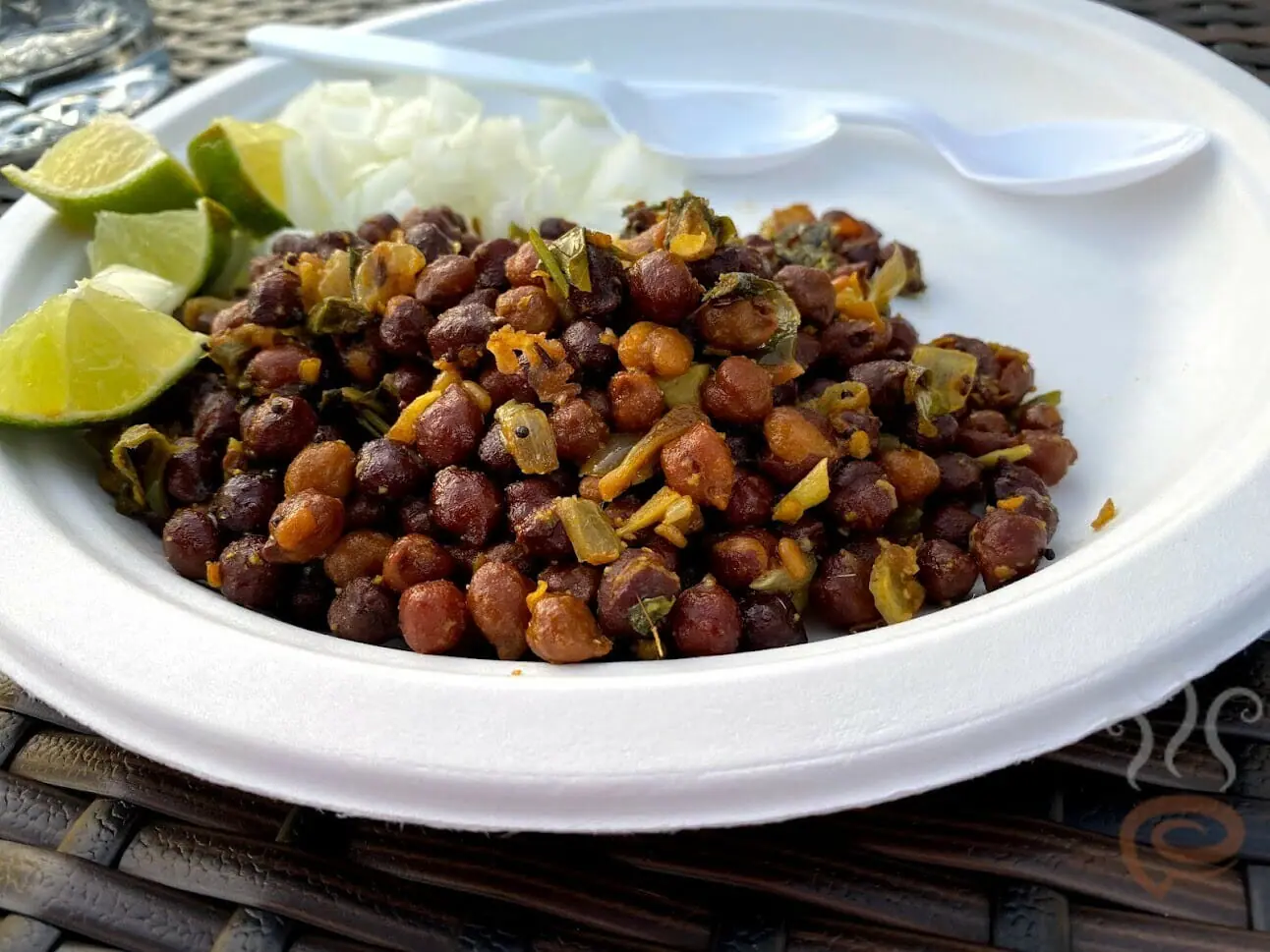
Unlocking the Flavorful World of Kadalai Sundal
Welcome to the enticing world of Kadalai Sundal, a dish that transcends both taste and tradition. In this exploration, we delve into the rich history, cultural significance and diverse variations of this South Indian delicacy. From its humble beginnings to its modern adaptations, Kadalai Sundal has become a culinary icon that captivates the senses.
The Origins
Kadalai Sundal also termed Chundal Kadala, has its roots deeply embedded in South Indian cuisine, particularly in the states of Tamil Nadu and Kerala. Its history dates back centuries, with variations of the dish being prepared during festivals, celebrations and religious ceremonies. The name “Kadalai Sundal” itself reflects the key ingredient, kadalai (chickpeas) and the method of preparation.
Cultural Significance
Beyond its delectable taste, Kadalai Sundal holds cultural significance in South India. Traditionally, it is a common offering made during Navaratri, a Hindu festival that spans nine nights dedicated to the goddess Durga. The dish symbolizes devotion and is often shared among friends and family during communal celebrations.
Nutritional Value
While Kadalai Sundal is celebrated for its irresistible taste, it also boasts impressive nutritional credentials. Chickpeas, the star ingredient, is a rich source of protein, fiber, vitamins and minerals. This makes Kadalai Sundal not just a flavorful treat but also a wholesome and nourishing snack.
Regional Variations
One of the fascinating aspects of Kadalai Sundal is its adaptability across regions. Each region adds its unique twist to the dish, incorporating local spices, herbs, and cooking techniques. Whether it’s the aromatic curry leaves of Kerala or the bold flavors of Tamil Nadu, Kadalai Sundal is a canvas for culinary creativity.
Health Benefits
Beyond its delicious taste and cultural significance, Kadalai Sundal offers health benefits that makes it a guilt free indulgence. School going kids can relish the dish as an evening time snack. The high fiber content aids digestion, while the protein content contributes to muscle health. Additionally, the inclusion of various spices provides antioxidants and anti-inflammatory properties.
Conclusion
Kadalai Sundal is more than just a dish, it’s a journey through time, culture, and flavors. From its ancient origins to its modern interpretations, this South Indian delicacy continues to captivate food enthusiasts worldwide. Whether enjoyed during festivals, as a snack, or as a wholesome meal, Kadalai Sundal stands as a testament to the culinary richness of South India.
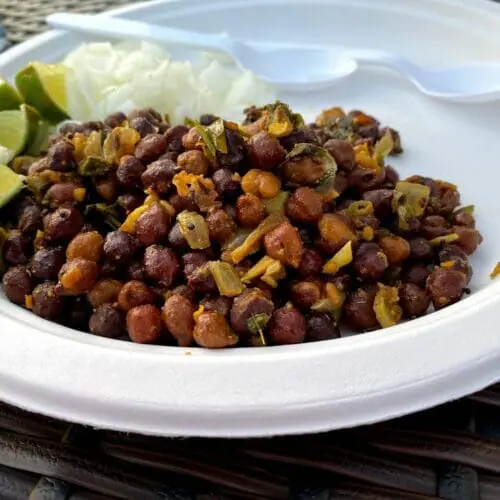
Kadalai Sundal | Chundal Kadala
Ingredients
- 1/2 cup Chickpeas/Kala Chana Soaked overnight
- 1 tbsp Coconut Grated
- 2 nos Dry red chillies/green chillies Cut in half
- Mustard seeds Few
- 1/4 tsp Urad dal Uzhunnu parippu
- Curry leaves Few
- Pepper powder As reqd
- Cashew nuts Broken into small pieces, optional
- Oil As reqd
- Salt As reqd
Instructions
- For preparing Kadalai Sundal | Chundal Kadala, first cook the soaked chickpeas in a pressure cooker for 3-4 whistles until done but not mashed.
- Take a frying pan and heat oil. Splutter mustard seeds and then add dry red chillies, urad dal and curry leaves. Fry in low heat.
- Stir in drained chickpeas, grated coconut, pepper powder, broken cashew nuts and required salt. Stir for a few minutes in medium flame.
- Kadalai sundal, a healthy and easy to prepare dish, can be served as a snack or served with rice as a side dish.
Notes
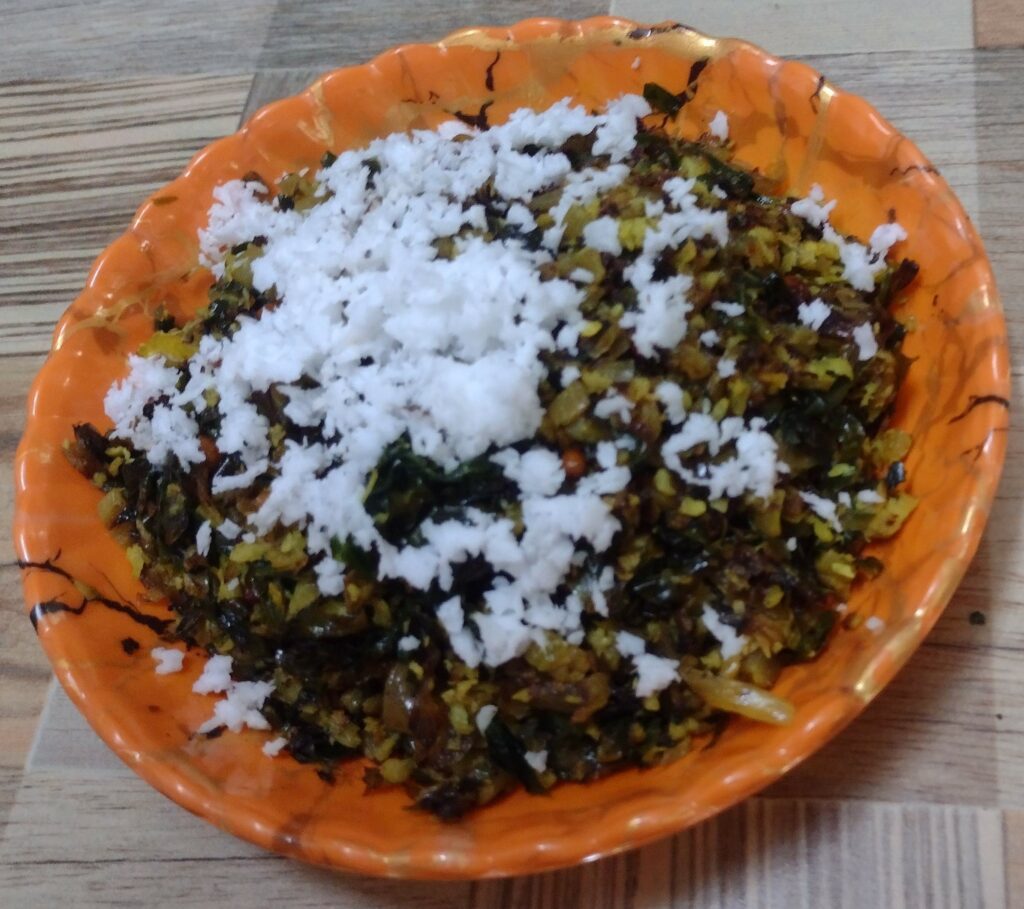
 S
S
Cheerachembu Thoran | Tahitian Spinach Stir Fry
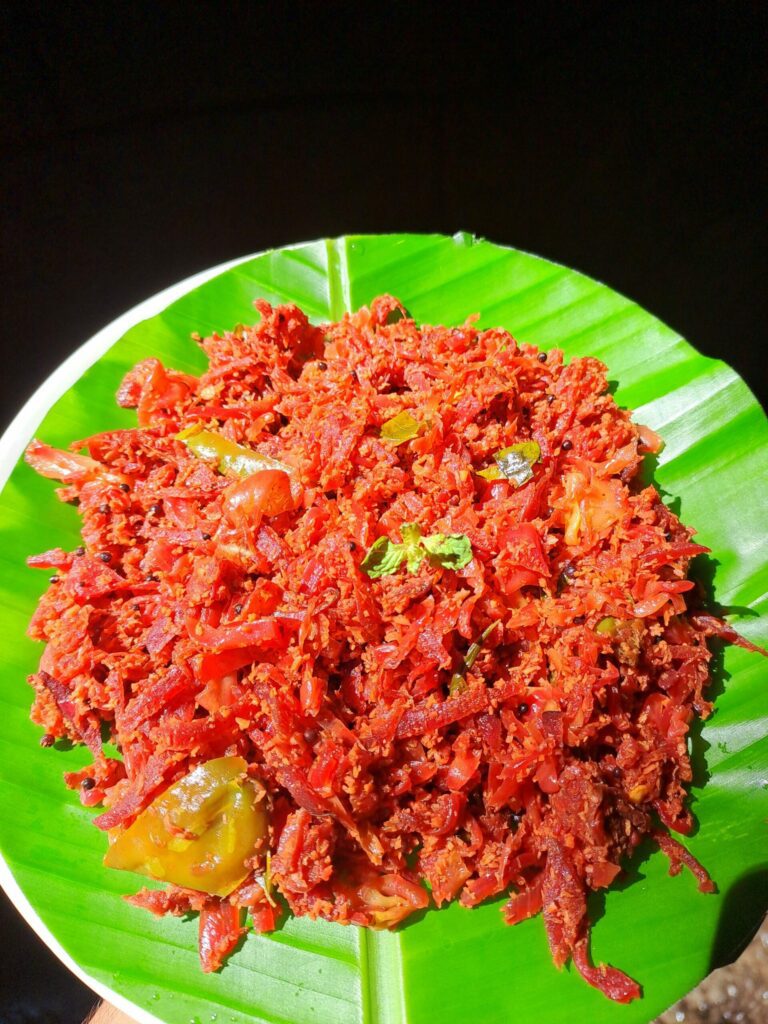
Cabbage Beetroot Thoran | Cabbage and Beetroot Stir Fry
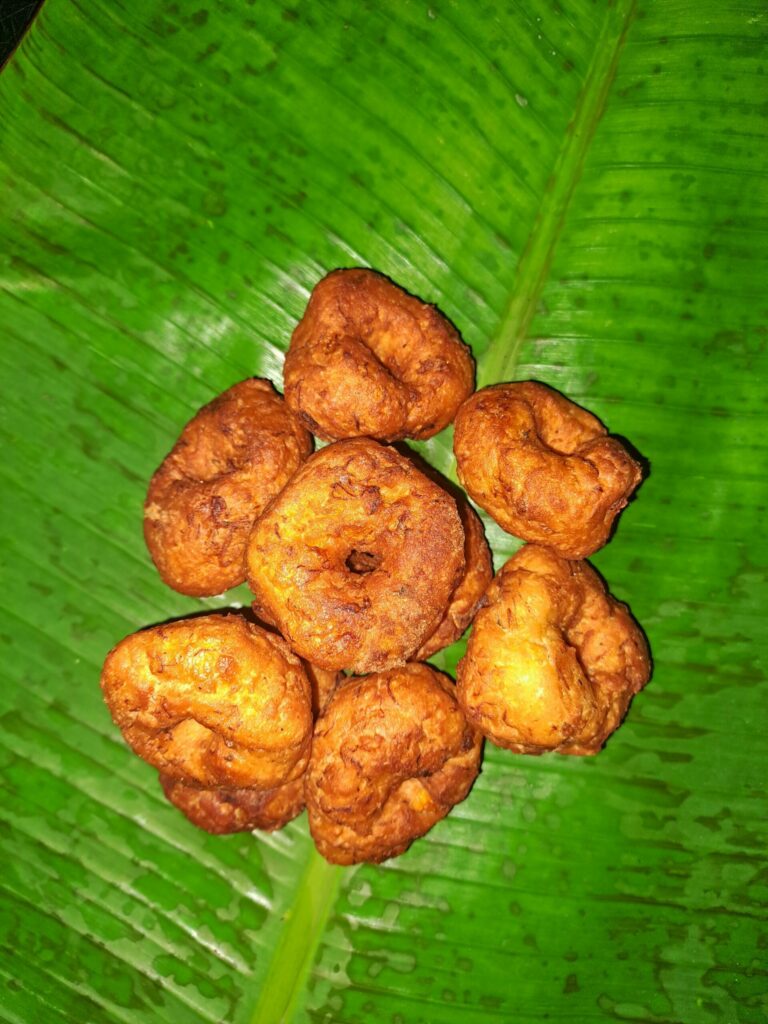
Pazham Madhura Vada | Banana Sweet Vada
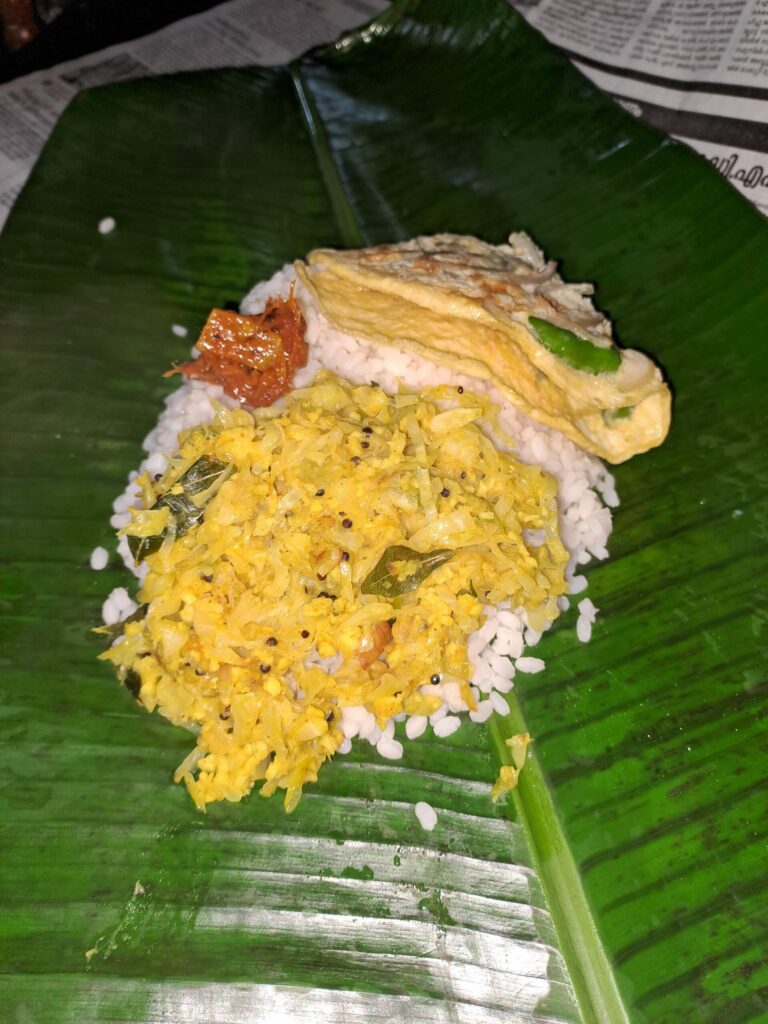
Cabbage Parippu Thoran | Cabbage with Lentils
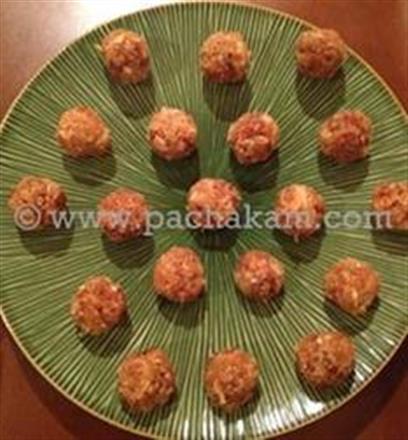
Coconut Macaroons-Coconut Laddoos-Narikel Naru
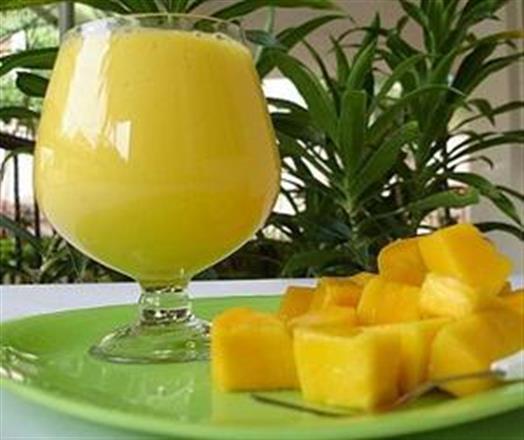
Mango Yogurt Drink - By Prasoon Prakash

Thenga Therattipal - Brahmin Special

 S
S
Cheerachembu Thoran | Tahitian Spinach Stir Fry

Cabbage Beetroot Thoran | Cabbage and Beetroot Stir Fry

Pazham Madhura Vada | Banana Sweet Vada

Cabbage Parippu Thoran | Cabbage with Lentils

Coconut Macaroons-Coconut Laddoos-Narikel Naru

Mango Yogurt Drink - By Prasoon Prakash



